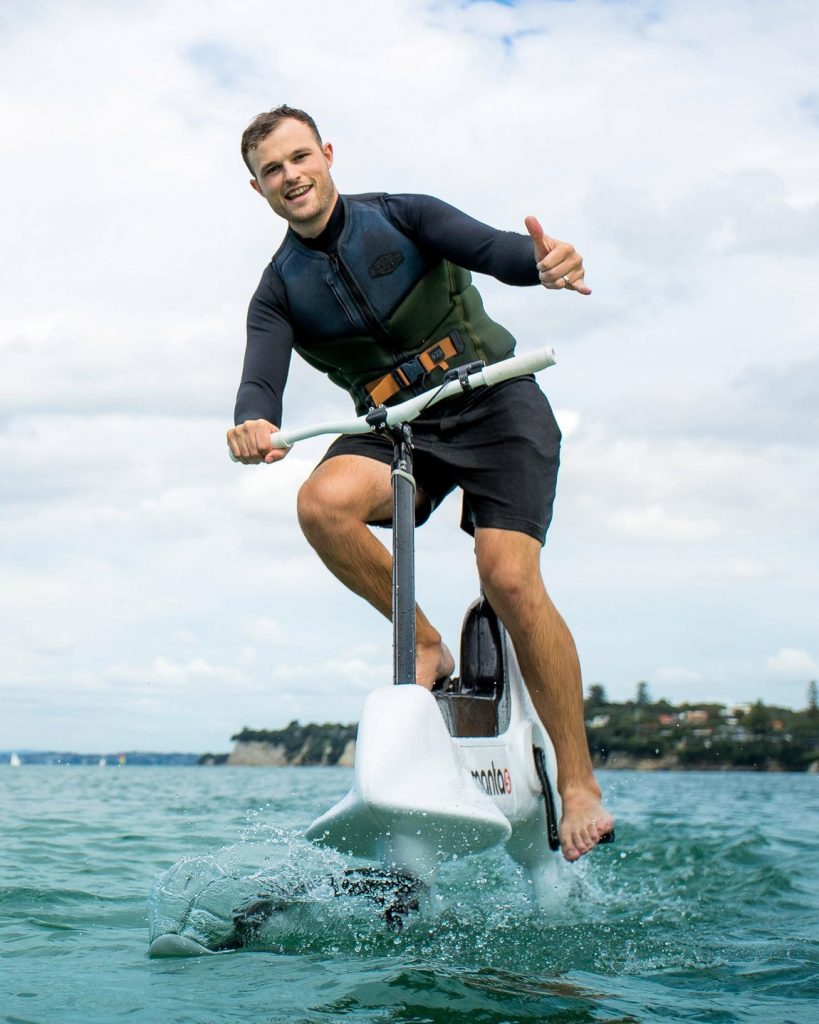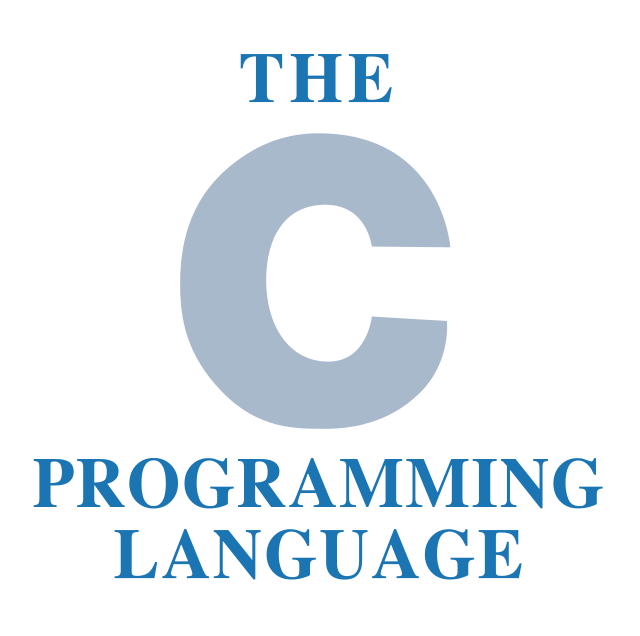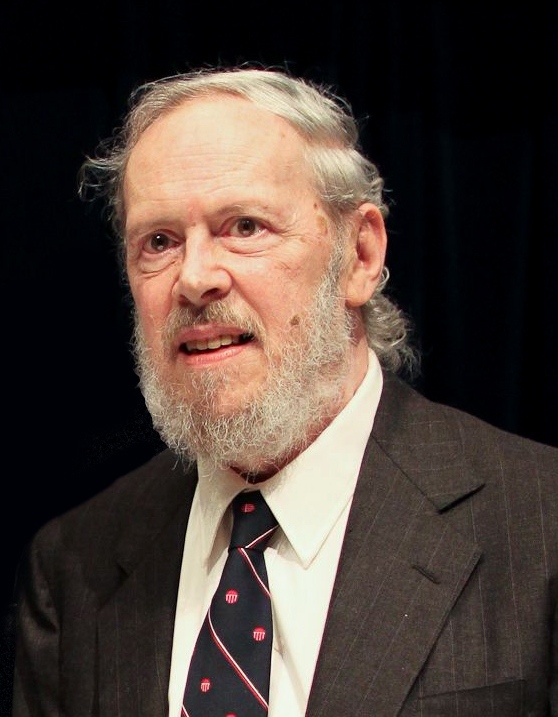Mallika Bajaj- A Young Entrepreneur To Create Good Content
After the advent of the digital era, the internet is crawling with millions of content creators. Digital content is a very influential source of knowledge for today’s youngsters. The young generation entrepreneur like Malika Bajaj is delving deeper into this sphere of the web to become influential and earn money as well.
Why good content?
But, there is always a fine line between creating content and creating good content. The digital content affects a lot of people and should be kinder and empathizing. This is the view of Mallika Bajaj, founder of Little Yellow Beetle. Mallika has always been intrigued by content creation. She gained a lot of experience in this field since a teenager. And, after working for many highly recognized news channels and papers, she finally created her website.
And, the main goal she wants to achieve through the website is creating kinder content. According to Mallika, most of the content on the internet is very harsh which pollutes the environment of the internet. Instead of spreading more love and kindness, the content is creating hatred among people. So, she started this beautiful initiative all by herself to make the world a better place.
About Mallika Bajaj
Mallika Bajaj had a very keen interest in media from a very young age. She also appeared on many news channels when she was a teenager. Mallika completed her bachelor’s degree from the University of Melbourne. She majored in media and communications and completed her master’s from Goldsmiths College under the University of London.
She started gaining fame from an early age. When she was sixteen, she hosted the BNP Davis Cup Tennis Tournament across Asia. She became the youngest host around the world after this and this was her first big achievement. She hostel this tournament till 2014.
While she was pursuing her bachelor’s degree she became the editor on BBC. She used to look after the current affairs and world news. In 2009, Mallika joined INX Media Pvt. Ltd and worked as the sports editor for a year. Before pursuing her master’s she worked at ABC News for some time. In November 2007, Mallika becomes the entertainment editor at Hindustan Times. She worked here for twelve long years. Currently, she is also serving as the chief marketing officer at Maxilion.
The beginning
During this time, Mallika Bajaj decided to open a new start-up. The potential Indian market for digital content gave her the zeal to built something for our country. Thus, in 2014, she founded Little Young Beetle to provide kinder content in many fields and also to help improve India’s position in this digital era.
The knowledge and experience Mallika Bajaj gained before establishing Little Yellow Beetle was more than enough to open a start-up.
The Uniqueness of Little Yellow Beetle
The scope of Little Yellow Beetle is too vast to be described. They digitalize the idea for their customers. Be it a simple idea of an application, a website or an online course, they will digitalize anything and everything for you. The content of LYB contains healthy and kind information as Mallika is inclined towards the quality of content.
The company believes in maintaining a very strong relationship with their clients. Trust is the foundation of any relationship and that’s why LYB always tends to keep their promises. They only promise to deliver as much they can. But, it always delivers more than what they promise to.
Clients
Little Young Beetle has clients both in India and abroad. They welcome any type of client with just a passion in their eyes to establish something for themselves. LYB extends its hand to any company or individual with a story to tell but with no source to preach. It brings publicity for any brand or product through the power of digital content.
Success
Throughout this span of six years, Little Yellow Beetle has become the Best Digital Media Agency in Gurgaon. Mallika has also received the award, 100 Most Powerful CMO Asia and Women Super Achiever, World CSR Summit.
Today, Mallika Bajaj runs the company along with her mother and sister, Abha Bajaj and Pallavi Bajaj. According to Mallika, she will keep on inspiring people with her strong yet kind and emphasizing content and make digital India better.

Annasha Dey is an NIT student, who apart from studying engineering is also a content writer. She has a great interest in photography, writing, reading novels, and travelling as well. She is a foodie who loves socializing and hanging out with her friends. She is also a trained Kathak dancer and a big fashion enthusiast. Dey also loves watching TV series, which includes F.R.I.E.N.D.S. and Big Bang Theory. To be a better writer she prefers to read more










